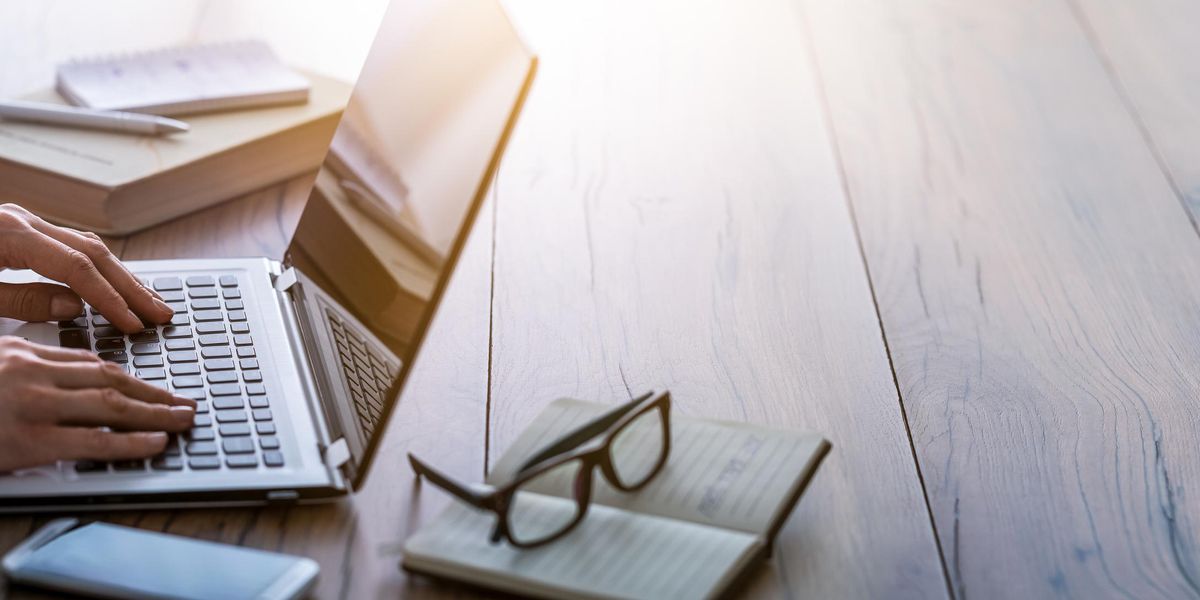How the Pandemic Has Transformed the Experience of Being a Dance Critic
How did I used to write dance criticism? I walked down a theater’s aisle, greeting colleagues along the way. Once in my seat, I perused the program, took pen and paper out of my bag, and waited for the curtain to go up. The next day, I’d attempt to read my scribbles (difficult, since I’d never taken my eyes off the stage) and recall what they evoked. Then I’d start writing. And before I got my first computer, I’d walk to the Village Voice office and sit down to hear my editor’s comments.
That changed, of course, and now the pandemic has altered the process that succeeded it. I’m watching dances on my laptop. Fortunately, I can see those small dancing figures several times, and often the astute press rep or choreographer who sent the link identifies them for me onscreen. Working at our dining table, I can look at the landscape beyond a nearby, north-facing glass door whenever my brain fizzles. Sometimes I grab something to eat. Sometimes I take notes to be printed later. However, I am alone, wading through dance history—current, recent and ancient. No one is beside me to gasp when Mikhail Baryshnikov spins an interminable number of times before bowing, glistening with sweat. He’s just a two-to-four-inch-tall, two-dimensional genius.
Since the lockdowns began, dancers and ex-dancers have learned new skills. Directors, editors and photographers have joined them, perhaps moving with them. If the performers are alone, a phone on a stand may capture their maneuvers. They’ve learned the power of a close-up, as well as the perspective provided by a performer’s run into the distance. Occasionally, an editor might deal with a solo by having (or seeming to have, that is) each dancer take it up where the previous one has “stopped.”
No previous crisis has worked in this way. Not the AIDS crisis. Not 9/11. The first was terrifyingly predictable: The dance community waited to see who would be stricken next. Over time, those afflicted grew terrifyingly thinner, paler and weaker. I recall the day when I had to help a longtime friend, colleague and mentor climb the steps to his own apartment. 9/11 shocked us in a less gradual way. We saw images of people jumping to certain death, preferring that to being burned alive. Was the world we knew that vulnerable?
Yet dance performances in theaters didn’t cease back then. People sat in theaters side by side, close together the way they always had. Still, the atmosphere had changed. Choreographers of contemporary dance were not afraid to show bodies that were weak, twisted, conflicted, or to redefine strength as salvation. I remember walking into the Brooklyn Academy of Music and seeing in the lobby a small group of dancers falling and rising and falling again. And again. And again. I also think back to Molissa Fenley’s State of Darkness. Alone onstage, she danced to the entire score of Igor Stravinsky’s Le Sacre du Printemps. Watching her, you might have wondered whether you, like her, could outrun disaster.
Lately, I’ve noticed a dilemma for writers in my field. The pieces that I’ve written about dance recently for ArtsJournal all sound alike. My words deal with the effects of locale and of our perilous world. Perhaps the dance takes place in a remarkable setting, as did Dušan Týnek’s Quarry Dance IX, filmed on Cape Ann in Massachusetts. Perhaps the visions of loneliness and solitude in Jim May and Sokolow Theatre/Dance Ensemble’s Rooms2020, with its assembled and revised images drawn from Anna Sokolow’s 1955 Rooms, seem uncannily apt. To make Event2 For Jasper Johns, Daniel Madoff assembled and edited videos of a multitude of dancers who had performed with Merce Cunningham over the years. They appeared on their respective turfs around the globe—alone or assembled in collages.
Yet unexpected luxuries occur in today’s restricted world. Want to see vintage footage from works by Martha Graham and hear today’s performers discuss their roles? That’s possible on the Graham company’s website.
Inevitable distractions occur when filming (or viewing) dances in this climate. Dog walkers may intrude. A pet cat may decide on a star appearance. Are those two dancers barefoot on gravel? Was getting wet necessary or an artistic choice? Watching performers dancing in their apartments encourages thoughts we should probably suppress. Wow, a really tiny space (wonder how much it rents for). Nice wood floor. Check that stove. Wait a second, what was that picture on the wall? Yet their artistic choices have delighted me, as well. They can make themselves narrow, if need be, or take choreographic advantage of obstacles, like couches.
We may also start thinking about what dance means to us in addition to being thrilling. Does the almost shockingly beautiful image of a slim, muscular leg ending in a pointe shoe make us consider our own physical liabilities? What are those dancers enduring to persist in their work alone when there’s no morning class in which they can grip the barre and work amid peers? Will a day happen soon when they—we—don’t have to wear masks to be together?
Despite all the hindrances, it’s good to remember that dancers can’t not dance. Because of this, they are my heroes, and, whether they know it or not, they are dancing for me.




